Winchester College: The school that's survived six centuries of turmoil, including the sacking of the city around it
Winchester College is both a school for the lucky few and an architectural marvel, says Clive Aslet.
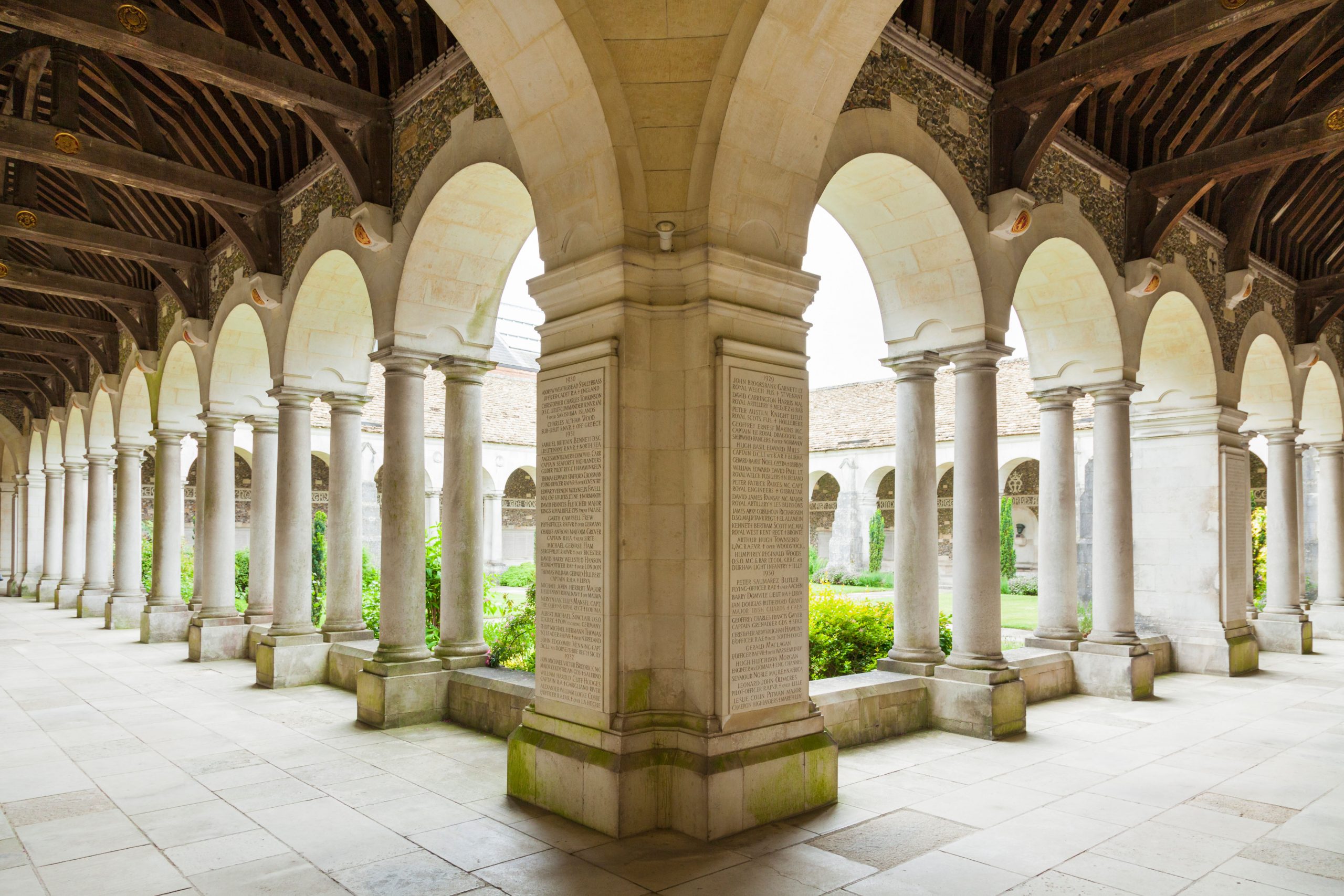
The Bishop of Winchester and Chancellor of England, William of Wykeham, founded a school at Winchester in 1382 to maintain an adequate supply of pupils who knew Latin (as well as to say prayers for his soul) for New College, Oxford, which he had established three years earlier. His foundation charter expounded a curriculum based on grammar, by which he meant the international lingua franca of Latin.
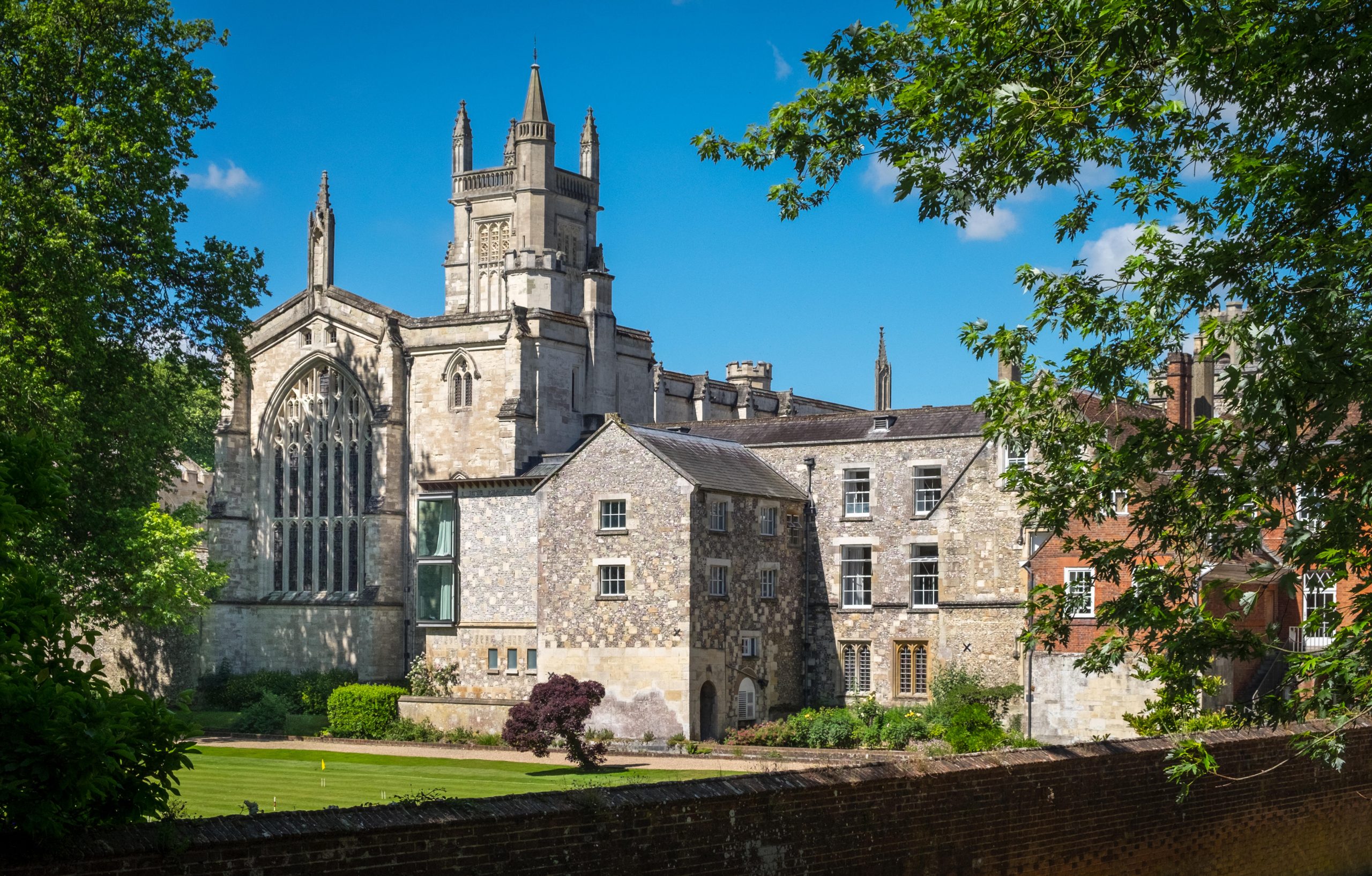
As former headmaster James Sabben-Clare wrote in his book Winchester College in 1981: ‘It is a quite remarkable thing that nearly 600 years later most of the original buildings should still be standing, and within and around them the process of education should still be carried on by the same people as are named in the original statutes — albeit in different ways and in company with many others: a Warden and 10 Fellows, two masters, 70 scholars, three chaplains, three lay-clerks, and 16 quiristers or choirboys.’
READ MORE
By diplomacy and guile, successive wardens dodged the blows aimed at them by the Dissolution of the Monasteries and the turbulence of the Civil War (during which the rest of Winchester was sacked).
With its ancient buildings, spreading lawns, arcadian surroundings, traditions, its impenetrable tribal language, studious calm and erudite ivory tower-ishness, Winchester is so profoundly English and sequestered that it can inspire nostalgia even in visitors who never went there.

How to visit Winchester College
The school — with its 11 acres of gardens, playing fields and 80 listed buildings — is on the southern edge of the city centre of Winchester. Unusually for a working school, guided tours (at £10) are available during the week for interested visitors; they focus on the medieval heart of the school including Chamber Court, Chapel, College Hall, Cloisters and the 17th Century School building. There is also a museum, and on the 'heritage open days' in September you can wander through the whole place; entry is free. See winchestercollege.org/visit-us for more details.

The Uffington White Horse, Oxfordshire
Thousands of years ago, ancient Britons created a vast and spectacular stylised portrayal of a horse in the hills of
Exquisite houses, the beauty of Nature, and how to get the most from your life, straight to your inbox.
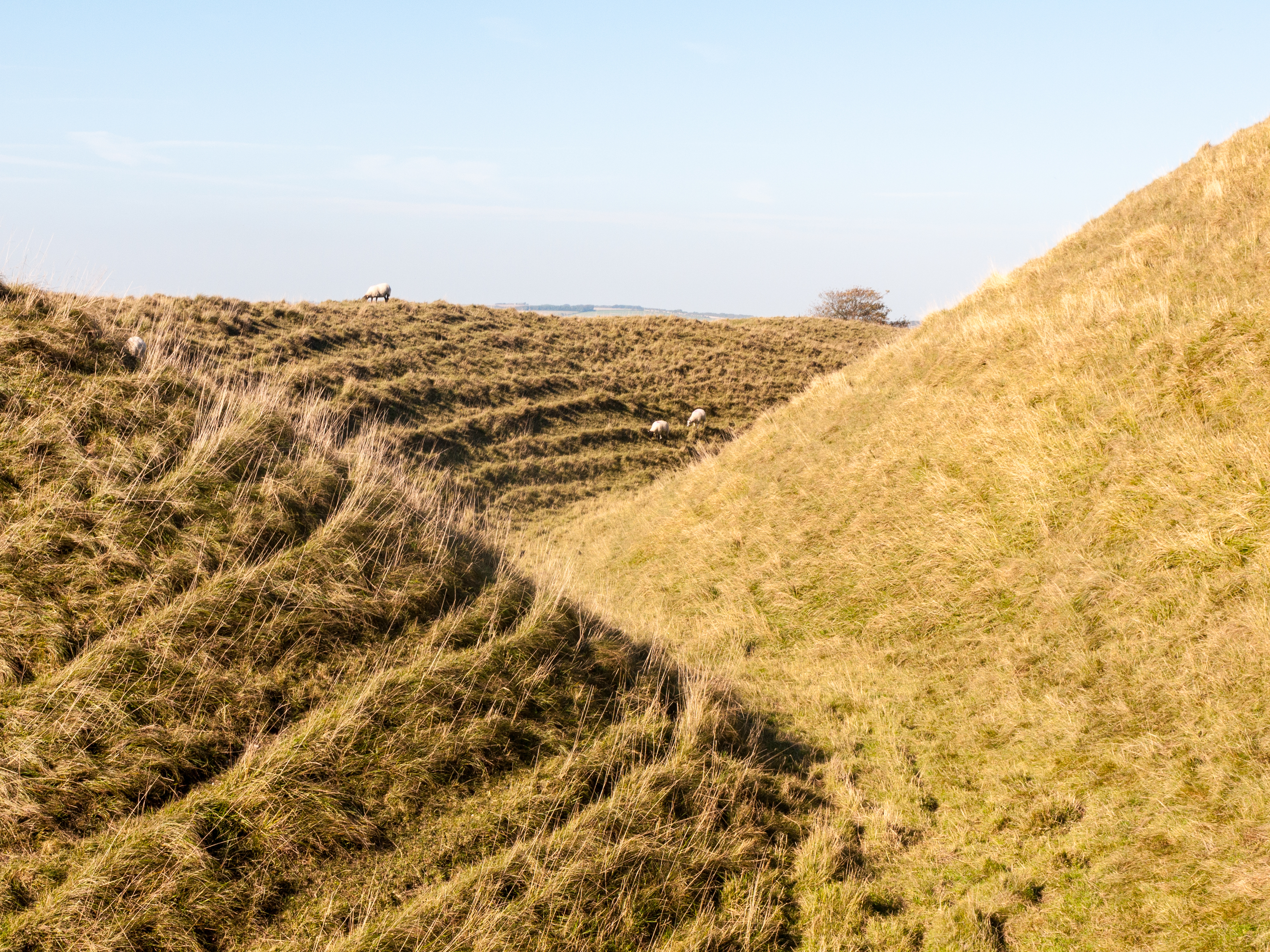
Maiden Castle, Dorset: An ancient hill fort the size of 50 football pitches
The mysterious and ancient Maiden Castle occupies a vast site in Dorset. Clive Aslet takes a look.
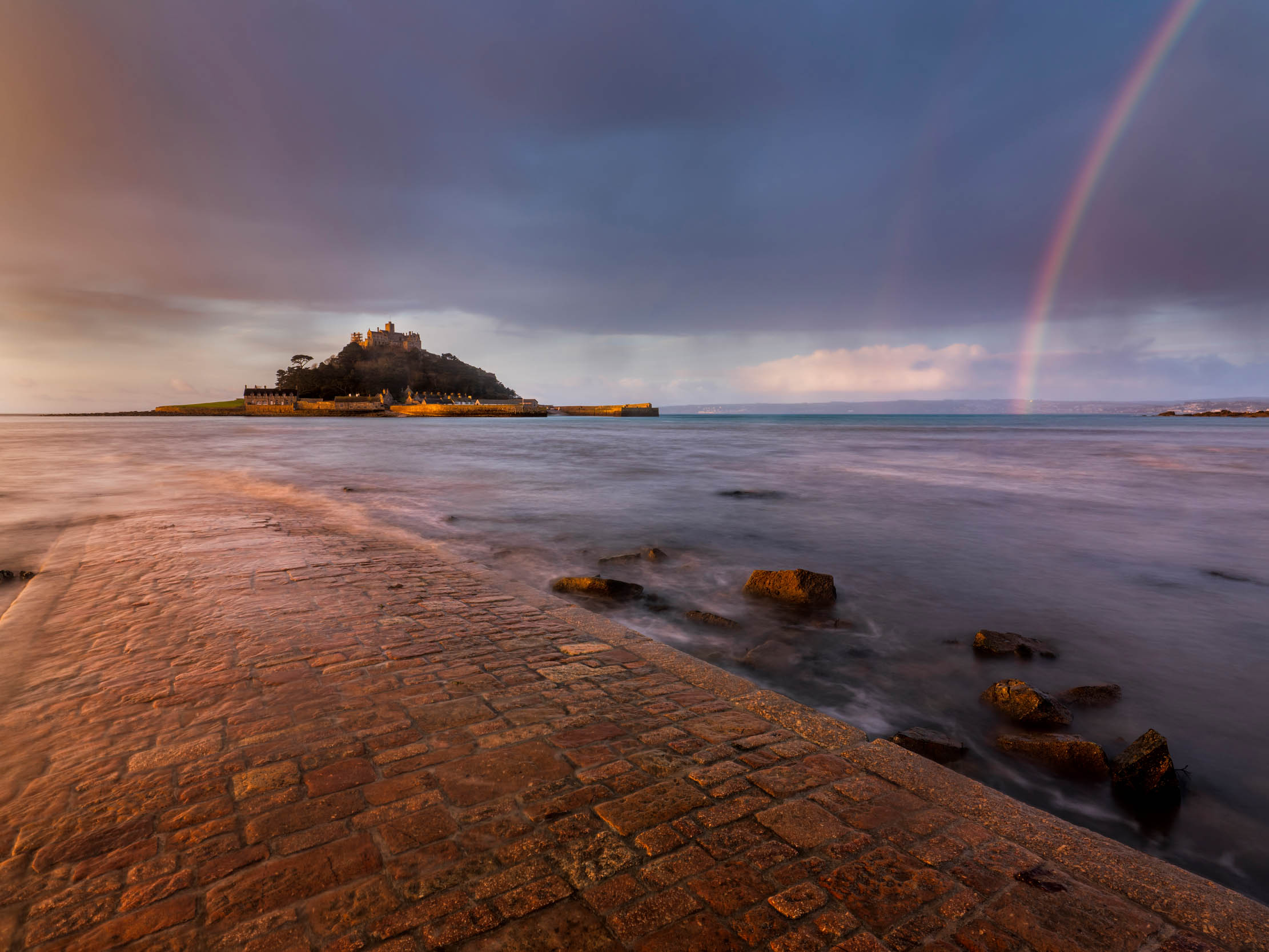
St Michael’s Mount, Cornwall: The monastery that became a castle that became a home
Few spots on the coast of Britain are as romantic and storied as St Michael's Mount in Cornwall.
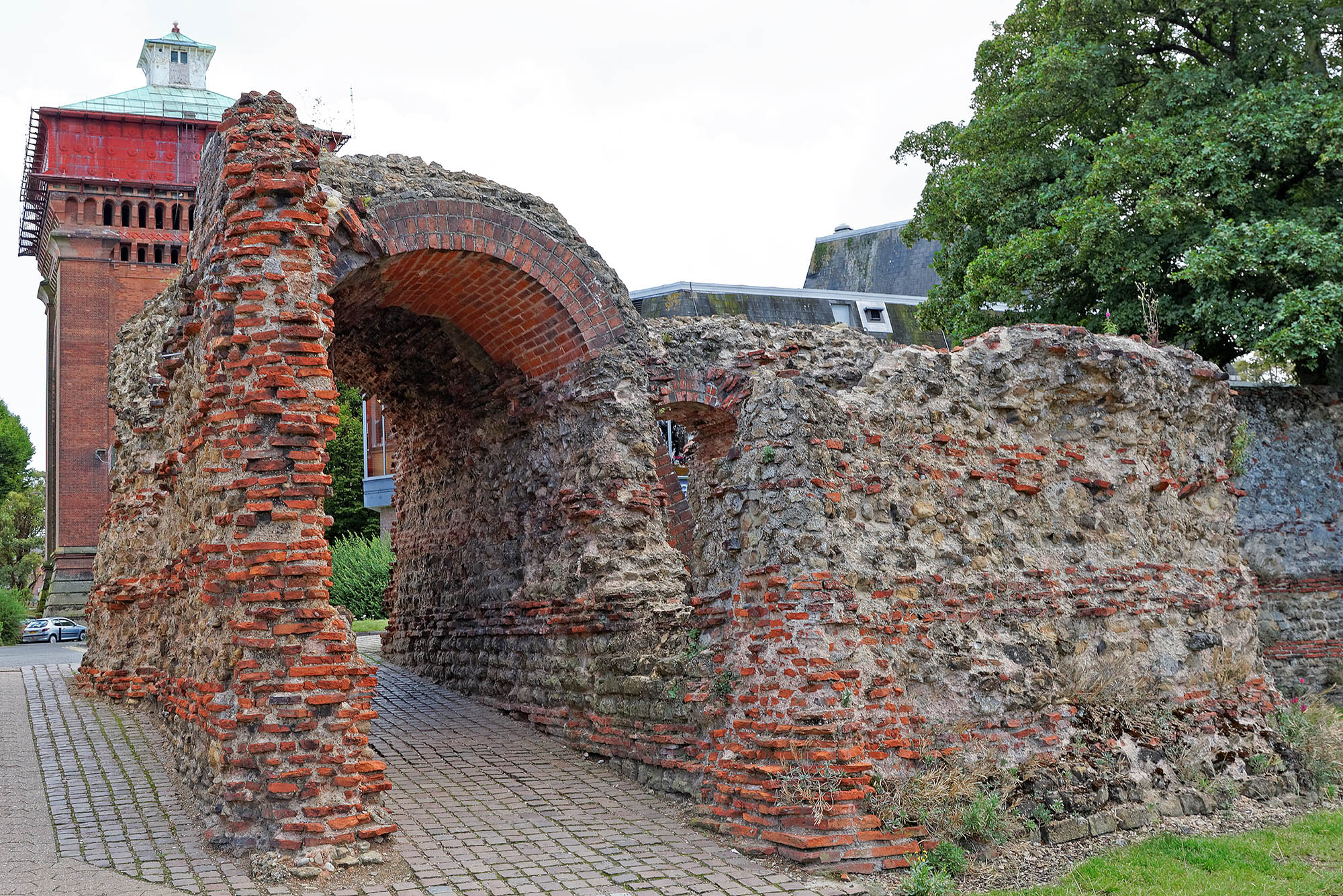
Colchester, Essex: The purpose-built capital city of Roman Britain
Clive Aslet considers the town that was one of Roman Britain's greatest cities — and even, for a while, its capital:
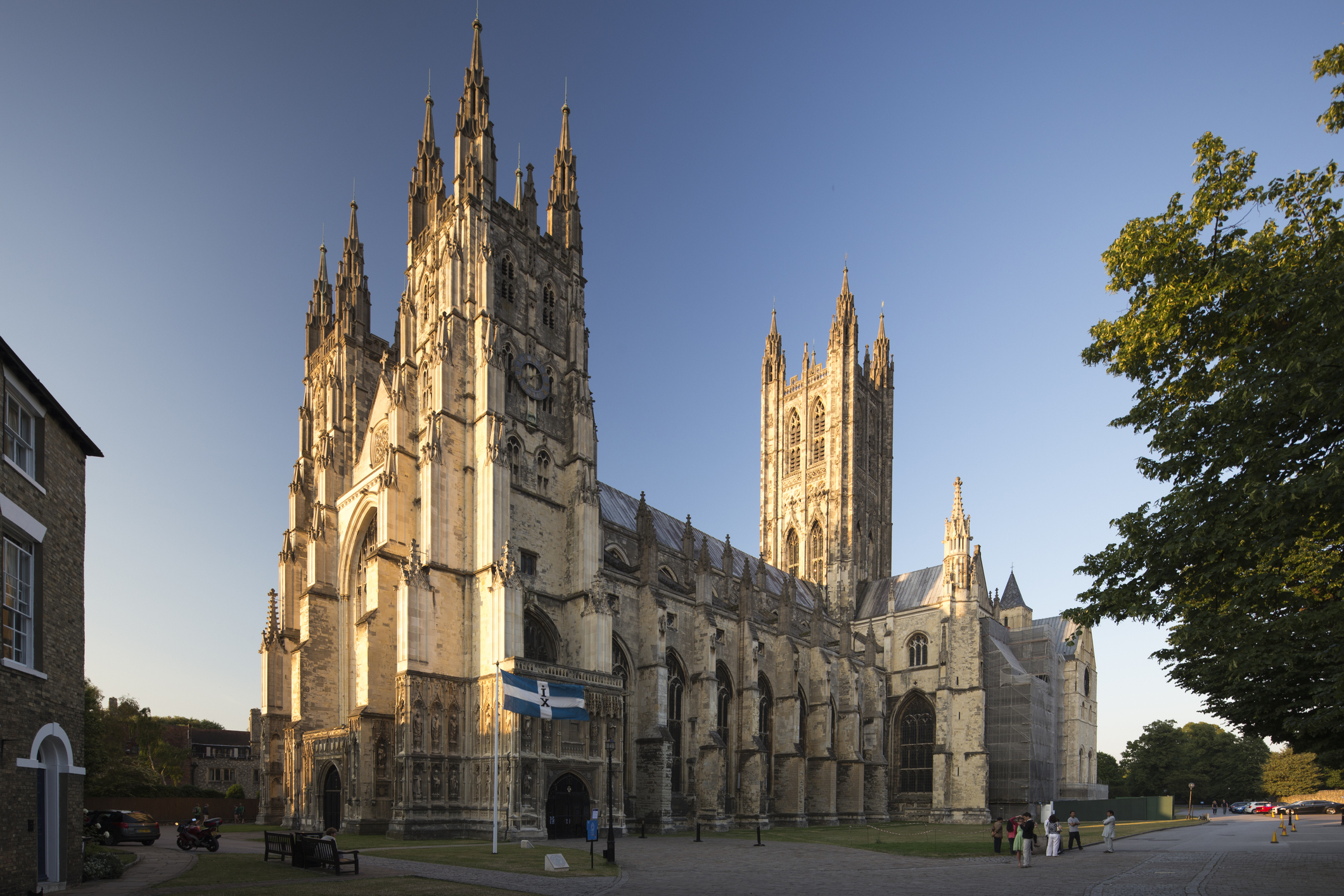
Canterbury Cathedral: Architectural wonder, place of worship, and site of one of history's most infamous murders
Canterbury Cathedral is the seat of the Church of England, the end of the nation's most famous pilgrimage route, and

Skara Brae: The prehistoric village on Orkney that's older than Great Pyramid of Giza
The best-preserved Neolithic settlement in Europe isn't in a French cave or an Italian hillside; it's Skara Brae on Orkney,